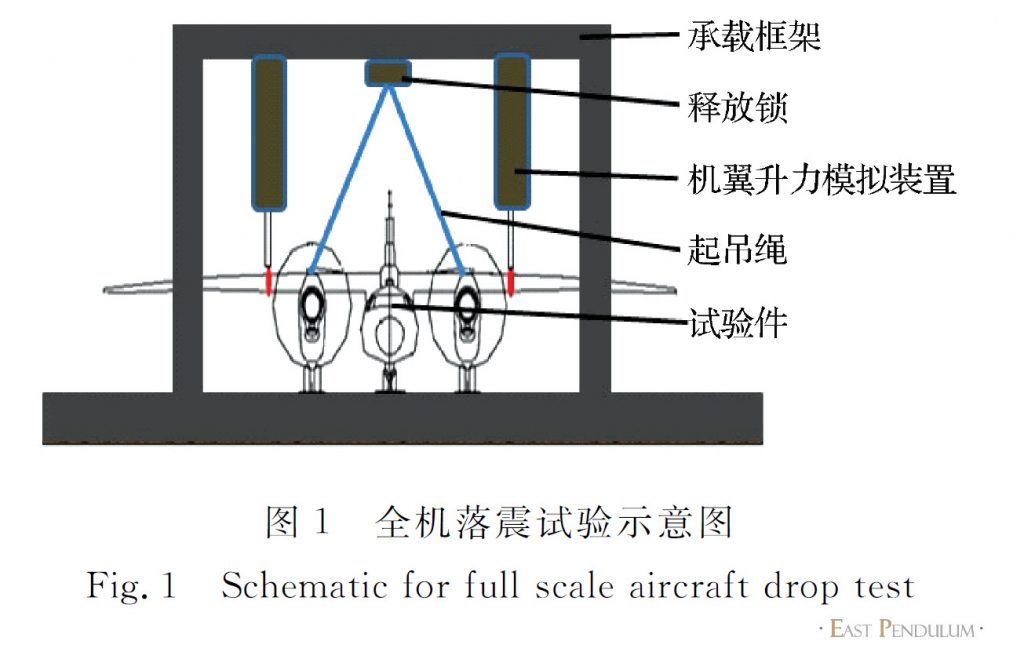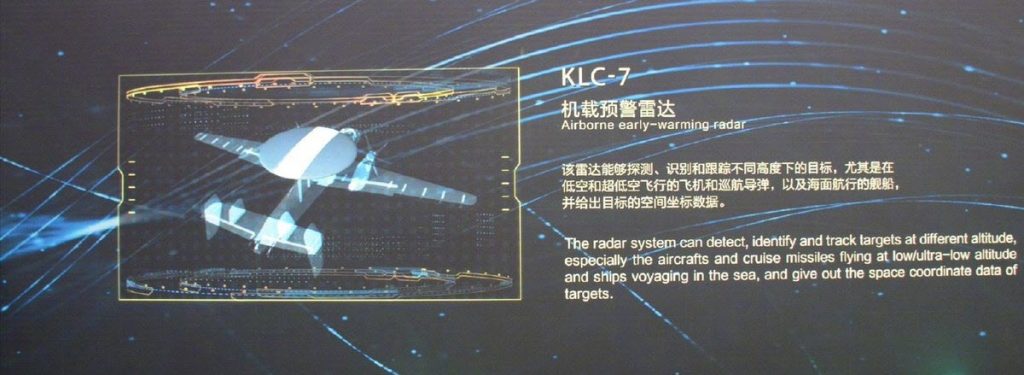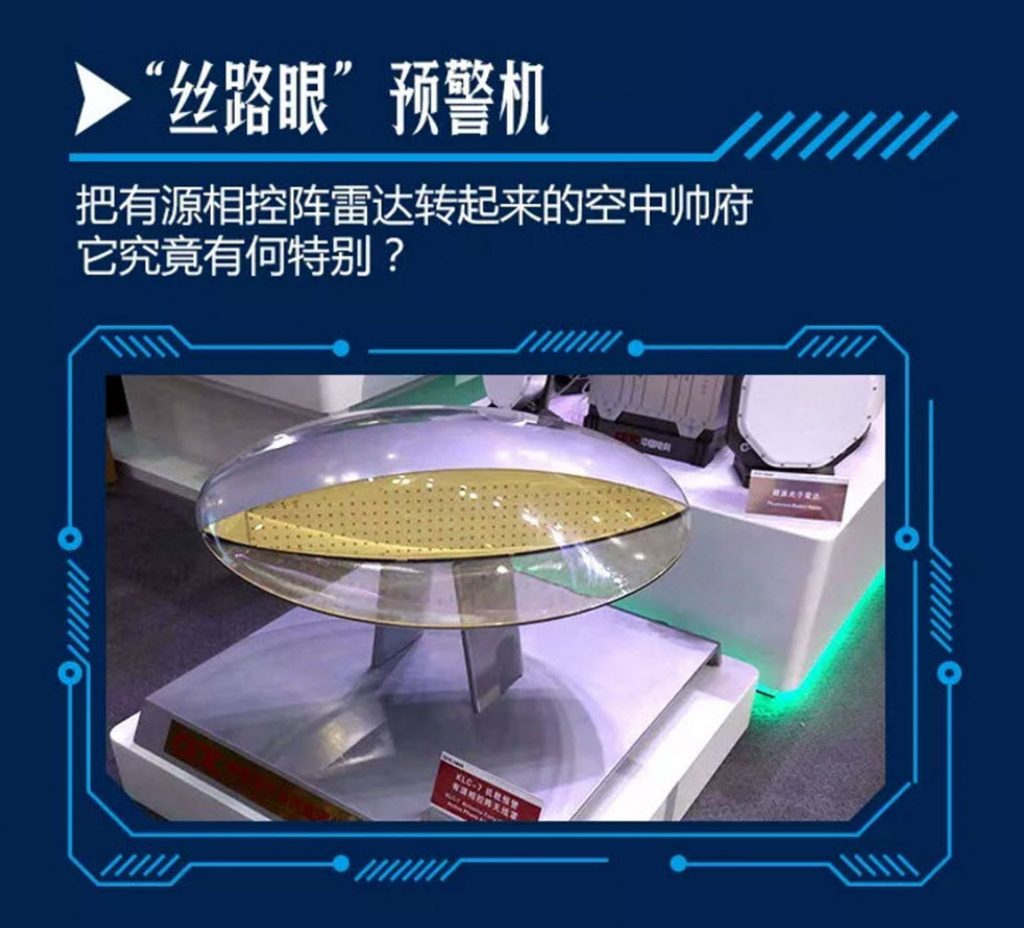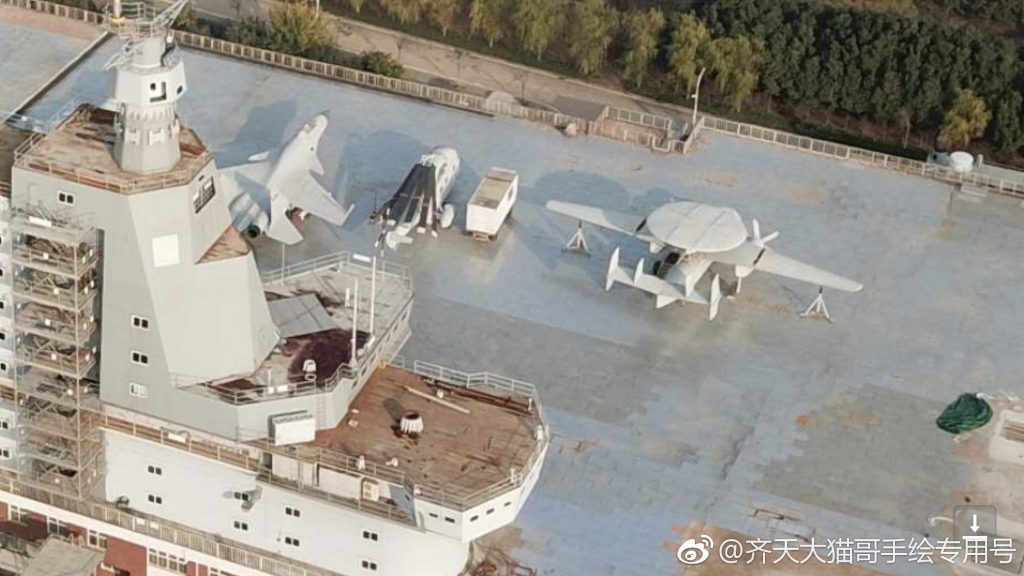You are using an out of date browser. It may not display this or other websites correctly.
You should upgrade or use an alternative browser.
You should upgrade or use an alternative browser.
KJ-600 carrierborne AEWC thread
- Thread starter Blitzo
- Start date
Yes here is the translation
Impending roll-out of the first Chinese embedded AWACS
BY
While the big blocks of the 3rd Chinese aircraft carrier come out one after the other at the Shanghai shipyard Jiangnan Changxing, for a dry docking probably in the course of 2019 according to our estimate, another major amplifier component of the Chinese naval air force - AWACS embarked, able to take off from the flight deck using a catapult to ensure the surveillance of the sky as to the sea around the group - should also leave the assembly line and realize its first flight very soon.
If this embedded AWACS project remains sensitive and has never appeared in any of the public documents, at least not directly named, we know that Chinese institutions have not stopped working on the various technical subjects since the early 2000s. . After the first concrete signs of the progress of the project in 2016 (see our " " and " "), we have learned recently that the 603 Xi Institute In December 2018, it led the first real-scale drop test in China for an "onboard device".
The text published on April 2 on the account of this AVIC consulting firm Weixin, specializing in the design of transport aircraft and bombers, obviously did not mention that this is a test for the AWACS embedded. It was even re-edited the day after so that the only word "embedded device" (舰载 机) initially appeared at the end of the article is deleted.
But thanks to this text it is now known that these fall tests should be carried out before the "detailed design end" (详细 设计 发 图) milestone of the aircraft, and therefore before the availability of industrial plans, to serve as the one of the validation points on the design of the payloads, which would include the landing gear and the main radar system.
It should be noted that as an example, the FC-1 program had passed its milestone from the end of detailed design in October 2002, and the final assembly of the first prototype was completed in May 2003, before the inaugural flight which finally occurred in the month of August of the same year.

The end of the article published on the site of NRIET, before its re-edition (Image: NRIET)
From a real scale fall test study (Image: NWPU, AVIC)
Of course this is a big first for China, an AWACS embedded, so the time needed between the start of the industrial phase and the first flight of the prototype could be naturally more consistent. It is then reasonable to think that the roll-out of the first Chinese AWACS could take place by the end of 2019 or 2020.
As for the type of radar chosen, rumors speak of an active antenna radar (AESA) mounted on a rotating disk, to favor the "width" of the radar so the number of modules installed, the power and the range, to the detriment of the rate if it had been a three-sided fixed configuration as for the KJ-2000 and the KJ-500. A quick calculation shows that in "back-to-back" configuration, the "width" of each radar face is about 15% higher than in the configuration of three fixed faces, but all of this remains to be confirmed.
At the last Zhuhai Air Show in November 2018, Institute 14 (NRIET) of the Chinese electronics group CETC presented a video in which an AWACS, with a back-to-back AESA radar, is unveiled at public. The aircraft, of rather average size and propelled by two turboprop engines, has a quadruple vertical tail. The set is reminiscent of the AWACS embedded in Chinese research papers, and of course the famous Northrop Grumman E-2 Hawkeye .

The KLC-7 radar in a video presentation at the Zhuhai Show 2018
The AWACS KLC-7 radar model (Image: NRIET)
According to the description, this Chinese AWACS carries with it the KLC-7 radar, also called " Silk Road Eye " (丝路 眼), which is now offered for export. The latter is able to detect and track air targets, such as aircraft and flying missiles flying at very low altitude, as well as naval targets, and provide their coordinates in 3 dimensions.
If we ignore its connection with the Chinese AWACS project that is under development, the Chinese radar operator says that China is the only country in the world to offer this type of radar on the international market today, while the AN / APY-9 developed by Lockheed Martin for the E-2D Advanced Hawkeye program is likely to be in the same radar category even if the version is only for the US Army at the moment.

On the flight deck of the aircraft carrier in Wuhan (Image: 齐天 大 猫 哥 手绘 手绘 手绘 用 用 用 用 用 号)
Finally, it should be noted that an embedded AWACS model is mounted "on board" the aircraft carrier, in fact an electromagnetic compatibility study platform of the 701 Institute (CSIC) in Wuhan.
This building is in transformation since 2016 to take the shape of the island of the 3rd Chinese aircraft carrier, a CATOBAR. The photos as of January 2017 show that the model is on the "flight deck" alongside a Z-8 helicopter and a J-15 onboard fighter, both in the form of a marquette also.
Another translation by:
Xavier is based in Paris, France. He holds a Bachelor’s degree in Management Information Systems and a Master of Business Administration from Florida Institute of Technology (FIT). Xavier has been covering naval defense topics for nearly a decade.
Can someone re-do my measurements of that mockup AEW plane on the carrier deck mock up building?
I went with assumption that those plane models on the deck, while not accurate when it comes to details, do have to be pretty accurate in dimensions. Otherwise what'd be the point to have them at all?
If so, and if I take the flanker mockup as a reference point - i get some really weird dimensions.
The AEW is 16.5 to 17 m long, with 32 meter wingspan (!!) and seems to be around 13.5 m wide when folded.
Compare that with Yak-44 being 20.4 m long, 25.7 m wingspan.
Or with E2, being 17.6 m long, having a 24.5 m wingspan and being 9 m wide when folded.
Question is: are the mockups just wildly inaccurate themselves? (bonus question: why would they be? What's the point of them then?)
Or is the real thing indeed with such huge wingspan. And if so, why would it have so much bigger wings compared to E2 and Yak44? Isn't deck space at a premium?
I went with assumption that those plane models on the deck, while not accurate when it comes to details, do have to be pretty accurate in dimensions. Otherwise what'd be the point to have them at all?
If so, and if I take the flanker mockup as a reference point - i get some really weird dimensions.
The AEW is 16.5 to 17 m long, with 32 meter wingspan (!!) and seems to be around 13.5 m wide when folded.
Compare that with Yak-44 being 20.4 m long, 25.7 m wingspan.
Or with E2, being 17.6 m long, having a 24.5 m wingspan and being 9 m wide when folded.
Question is: are the mockups just wildly inaccurate themselves? (bonus question: why would they be? What's the point of them then?)
Or is the real thing indeed with such huge wingspan. And if so, why would it have so much bigger wings compared to E2 and Yak44? Isn't deck space at a premium?
Question is: are the mockups just wildly inaccurate themselves? (bonus question: why would they be? What's the point of them then?)
Or is the real thing indeed with such huge wingspan. And if so, why would it have so much bigger wings compared to E2 and Yak44? Isn't deck space at a premium?
IMO looking at the diferences betwen the j-15 mockups and the real thing could give an ideia.
Maybe your calculation is wrong?Can someone re-do my measurements of that mockup AEW plane on the carrier deck mock up building?
I went with assumption that those plane models on the deck, while not accurate when it comes to details, do have to be pretty accurate in dimensions. Otherwise what'd be the point to have them at all?
If so, and if I take the flanker mockup as a reference point - i get some really weird dimensions.
The AEW is 16.5 to 17 m long, with 32 meter wingspan (!!) and seems to be around 13.5 m wide when folded.
Compare that with Yak-44 being 20.4 m long, 25.7 m wingspan.
Or with E2, being 17.6 m long, having a 24.5 m wingspan and being 9 m wide when folded.
Question is: are the mockups just wildly inaccurate themselves? (bonus question: why would they be? What's the point of them then?)
Or is the real thing indeed with such huge wingspan. And if so, why would it have so much bigger wings compared to E2 and Yak44? Isn't deck space at a premium?
From google earth photo, J-15 is 15.5m wingspan, the AWAC is 24.93m. We know that Su-33 is 14.7m wingspan, using that to correct the distortion of google earth measuring tool, the AWAC would be just above 24m in wingspan, same as E2.
Can someone re-do my measurements of that mockup AEW plane on the carrier deck mock up building?
I went with assumption that those plane models on the deck, while not accurate when it comes to details, do have to be pretty accurate in dimensions. Otherwise what'd be the point to have them at all?
If so, and if I take the flanker mockup as a reference point - i get some really weird dimensions.
The AEW is 16.5 to 17 m long, with 32 meter wingspan (!!) and seems to be around 13.5 m wide when folded.
Compare that with Yak-44 being 20.4 m long, 25.7 m wingspan.
Or with E2, being 17.6 m long, having a 24.5 m wingspan and being 9 m wide when folded.
Question is: are the mockups just wildly inaccurate themselves? (bonus question: why would they be? What's the point of them then?)
Or is the real thing indeed with such huge wingspan. And if so, why would it have so much bigger wings compared to E2 and Yak44? Isn't deck space at a premium?
This image might help ...

thanks guys. i must say i dont get it how one image (satelliet one) can show one difference in dimensions and the other image

has a completely different ratio of wingspan difference between the two.
But I'd certainly tend to trust the GE satellite imagery more, as it showed itself to be pretty accurate in the past.

has a completely different ratio of wingspan difference between the two.
But I'd certainly tend to trust the GE satellite imagery more, as it showed itself to be pretty accurate in the past.
Problems with this photo are:thanks guys. i must say i dont get it how one image (satelliet one) can show one difference in dimensions and the other image
has a completely different ratio of wingspan difference between the two.
But I'd certainly tend to trust the GE satellite imagery more, as it showed itself to be pretty accurate in the past.
- Three dimensional distortion, where lines of same length that are not in parallel will be different in measurement.
- Lack of complete measuring points on the J-15, meaning that you have to rely on measuring the mid point of the fuselage from the right wingtip, a degree off will mean big error.

